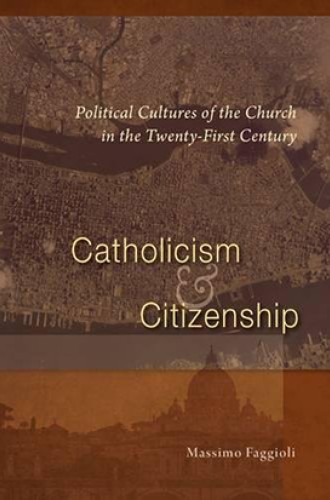Crisis and opportunity in the American Catholic Church
Massimo Faggioli is the most articulate interpreter of U.S. Catholicism today.
Although Massimo Faggioli was born in Italy and did his doctoral work in Tübingen, he has become the most important Catholic political thinker in the United States today. The founding director of the Institute for Catholicism and Citizenship at the University of St. Thomas in St. Paul, he now teaches theology and religious studies at Villanova. Above all, Faggioli seeks to spark Catholic leaders to new ways of engaging with a world in crisis by reminding them of the promises of Vatican II.
This book takes on new urgency given the collapse of moral authority in our government at the highest levels. Faggioli finished writing it two weeks after the presidential election last year, and he mentions Trump only once. That election might add a third “seismic shift” to the post–Vatican II church beyond the two he mentions: 9/11 and the church’s sexual abuse scandal. The first redefined the boundaries between church and state, leaving an opportunity for the pope and others to become more influential world figures. The second, in contrast, “had a christening and humiliating effect on the self-awareness of the Catholic Church,” not unlike occasions in past centuries when the world insisted that the church reform itself and be held accountable by its standards.
The primary focus of the book is on Gaudium et spes, the most important Vatican II document on the church’s identity. This emphasis is timely since Pope Francis repeatedly evokes Gaudium et spes as a “manifesto of a new theological method and a new ecclesiological orientation,” to use Faggioli’s words.






